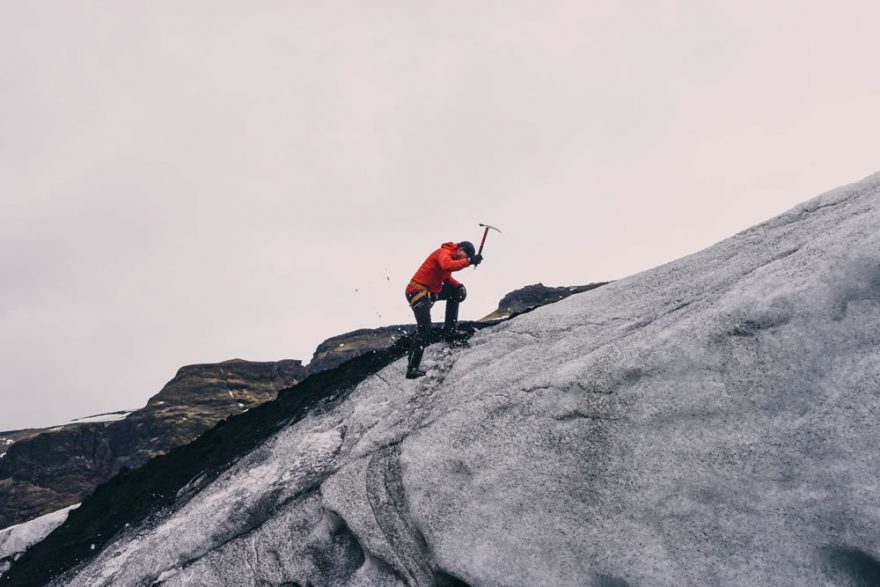
You know that you’re likely to get cold when ice climbing just from the name and are prepared to face the chill to undertake the adventure. Now that you have invested in all of the necessary equipment, you’re ready to go.
While your body will not get cold as quickly due to the exertion of the climb, but you will notice that your hands can become as cold as ice much faster. To try to keep your hands as warm as possible while ice climbing, follow some of our top tips and start climbing.
- Gloves – Common sense tells us that in extreme temperatures, the best way to keep your hands warm is to wear gloves. While it is advised to pack gloves when you go ice climbing, it is even more important to ensure that you have the right type of gloves for the activity. During the climb, you will be using a variety of tools to help you reach the summit and scale the ice; sometimes, gloves can prevent you from properly gripping your tools. You need to invest in light, thin pair of soft shell gloves that provide flexibility and dexterity, as well as warmth and insulation. This will help to keep your hands warm without hindering you when it comes to safely using the necessary tools on your climb. Make sure to pack several pairs in case yours become wet or you need to change them at different points throughout the route.
- Food and Drink – It is highly recommended that you remain hydrated throughout the climb, as this is a proven way to keep warm and help to regulate your body’s internal temperature. Pack a flask of tea, hot chocolate or a hydration mix as well as bottled water, as cold drinks are often unappealing while ice climbing. Always avoid drinking coffee and caffeine, as well as alcohol when exercising. You should also remember to keep eating throughout your trek. Stop at regular intervals when possible and make sure you pack plenty of snacks that can be consumed throughout the route. Foods with a high amount of protein and carbohydrates are best. Keeping your metabolism working will also help to create heat and help to raise your core temperature, allowing the blood to flow to your extremities.
- Keep hands moving – While you are ice climbing you are continuously moving but are often not experiencing this movement. They are also held up high above your head and gripping onto tools while in the process of climbing. This can prevent the amount of blood that is able to flow to your extremities, decreasing the warmth of your hands. To combat this, you are advised to try to keep your hands moving by doing what is known as ‘shaking out’ every so often during your route. This involves hanging one arm down and shaking your hand back and forth for a few seconds, before repeating with the other hand. It is best to do this at regular rest stops, while your tools are secured in the ice. You can also try swinging your arms in circles, one at a time, for ten rotations each. Try to loosen your grip on any tools to improve circulation in your fingers.
- Hand warmers – Purchase a few pairs of chemical hand warmers, specifically designed for use during outdoor activities or climbing. These can be inserted into the cuffs of your jacket, the inside of your gloves or in your pockets to warm up your hands. It can be more practical and extremely beneficial to put your hand warmers in the cuffs of your coat, as this circulates the heat through the arteries in your wrists and down into the tips of your fingers. Keeping your hand warmers close to the surface of your skin will help the heat to circulate down into your hands, so that they will remain at an optimum temperature throughout your climb. Make sure to pack at least one spare pair of hand warmers, to ensure you are fully prepared for the cold. It is also advised to make sure you warm up your hands thoroughly before you start your climb, as it is easier to attempt to retain the heat than to create it.
 Your Privacy Choices
Your Privacy Choices
 The
The